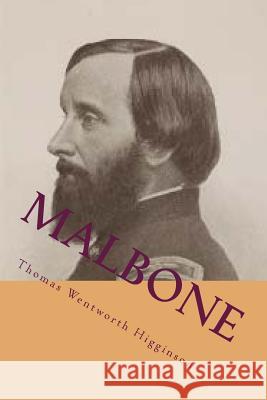Malbone: An Olport Romance » książka
Malbone: An Olport Romance
ISBN-13: 9781540414908 / Angielski / Miękka / 2016 / 180 str.
Resume AS one wanders along this southwestern promontory of the Isle of Peace, and looks down upon the green translucent water which forever bathes the marble slopes of the Pirates' Cave, it is natural to think of the ten wrecks with which the past winter has strewn this shore. Though almost all trace of their presence is already gone, yet their mere memory lends to these cliffs a human interest. Where a stranded vessel lies, thither all steps converge, so long as one plank remains upon another. There centres the emotion. All else is but the setting, and the eye sweeps with indifference the line of unpeopled rocks. They are barren, till the imagination has tenanted them with possibilities of danger and dismay. The ocean provides the scenery and properties of a perpetual tragedy, but the interest arrives with the performers. Till then the shores remain vacant, like the great conventional armchairs of the French drama, that wait for Rachel to come and die. Thomas Wentworth Higginson (December 22, 1823 - May 9, 1911) was an American Unitarian minister, author, abolitionist, and soldier. He was active in the American Abolitionism movement during the 1840s and 1850s, identifying himself with disunion and militant abolitionism. He was a member of the Secret Six who supported John Brown. During the Civil War, he served as colonel of the 1st South Carolina Volunteers, the first federally authorized black regiment, from 1862-1864. Following the war, Higginson devoted much of the rest of his life to fighting for the rights of freed slaves, women and other disfranchised peoples. Politics and militant abolitionism Thomas Wentworth Higginson, circa Civil War years The Compromise of 1850 brought new challenges and new ambitions for the unemployed minister. He ran as the Free Soil party candidate in the Massachusetts Third Congressional District in 1850, but lost. Higginson called upon citizens to uphold God's law and disobey the Fugitive Slave Act. He joined the Boston Vigilance Committee, an organization whose purpose was to protect fugitive slaves from pursuit and capture. His joining of the group was inspired by the arrest and trial of the free black Frederick Jenkins, known as Shadrach. Abolitionists helped him escape to Canada. He participated with Wendell Phillips and Theodore Parker in the attempt at freeing Thomas Sims, a Georgia slave who had escaped to Boston. In 1854, when the escaped Anthony Burns was threatened with extradition under the Fugitive Slave Act, Higginson led a small group who stormed the federal courthouse in Boston with battering rams, axes, cleavers, and revolvers. They could not prevent Burns from being taken back to the South. Higginson received a saber slash on his chin; he wore the scar proudly for the rest of his life. In 1852 Higginson became pastor of the Free Church in Worcester. During his tenure, Higginson not only supported abolition, but also temperance, labor rights, and rights of women.
Zawartość książki może nie spełniać oczekiwań – reklamacje nie obejmują treści, która mogła nie być redakcyjnie ani merytorycznie opracowana.











